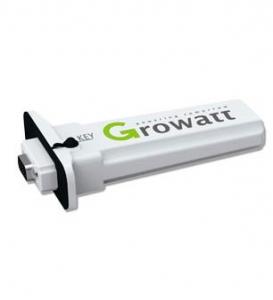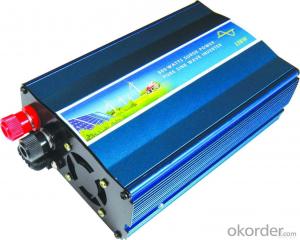Solar Inverter Replacement
Solar Inverter Replacement Related Searches
Inverter Replacement Solar Replacing A Solar Inverter Solar Inverter Upgrade Cost To Replace Solar Inverter Upgrade Solar Inverter Solar Inverter Installation Install Solar Inverter Solar Inverter Spare Parts Solar Solar Inverter Buy Solar Inverter Inverter For Solar Inverter With Solar Input Inverter For Solar Battery Use Of Solar Inverter Solar Inverter Selection Solar Inverter Comparison Solar Battery For Inverter Sun Solar Inverter Inverter For Solar Power Plant Solar Battery With Inverter Solar Battery Inverter Inverter In Solar Choosing A Solar Inverter Solar Energy Inverter Inverter With Battery Solar Solar Inverter Package Solar Electric Inverter Inverter With Solar System Inverter Solar Panels Solar Panels With InverterSolar Inverter Replacement Supplier & Manufacturer from China
Solar Inverter Replacement is a crucial component in solar energy systems, ensuring the efficient conversion of solar power into usable electricity for residential, commercial, and industrial applications. These replacements are essential for maintaining the performance and longevity of solar power systems, as they can wear out or become outdated over time. The solar inverter replacement process involves selecting the right inverter model that matches the system's requirements, ensuring seamless integration and optimal energy output.Solar inverter replacement is vital in various scenarios, such as when the existing inverter has reached the end of its lifespan, has become damaged, or when system upgrades are needed to improve efficiency. By replacing the inverter, users can enhance the overall performance of their solar power systems, leading to increased energy production and cost savings. This replacement also plays a significant role in maintaining the system's reliability and ensuring a continuous supply of clean, renewable energy.
Okorder.com is a leading wholesale supplier of Solar Inverter Replacement, offering a vast inventory of high-quality products to cater to the diverse needs of customers worldwide. With a commitment to providing reliable and efficient solutions, Okorder.com ensures that customers have access to the latest technology and the best possible options for their solar power systems. By partnering with reputable manufacturers and maintaining a large inventory, Okorder.com is able to deliver Solar Inverter Replacement products promptly and at competitive prices, making it a trusted choice for solar energy enthusiasts and professionals alike.
Hot Products
















































